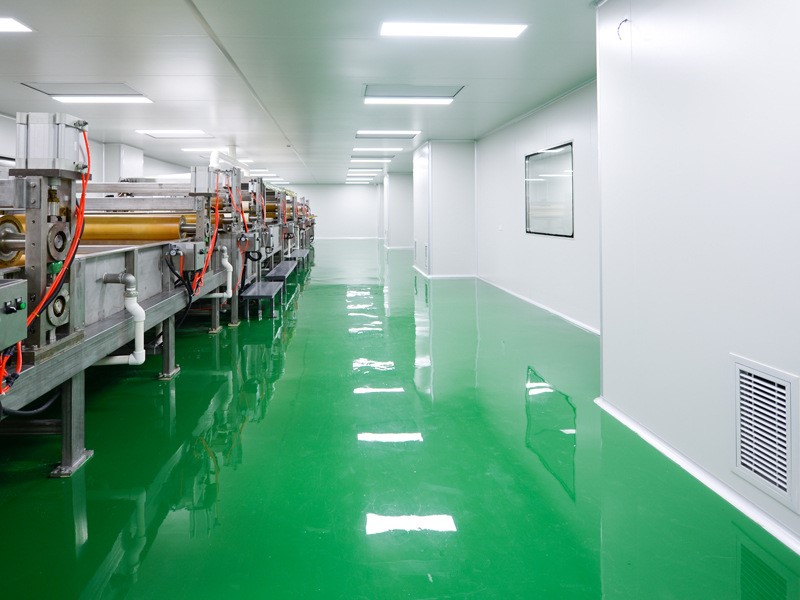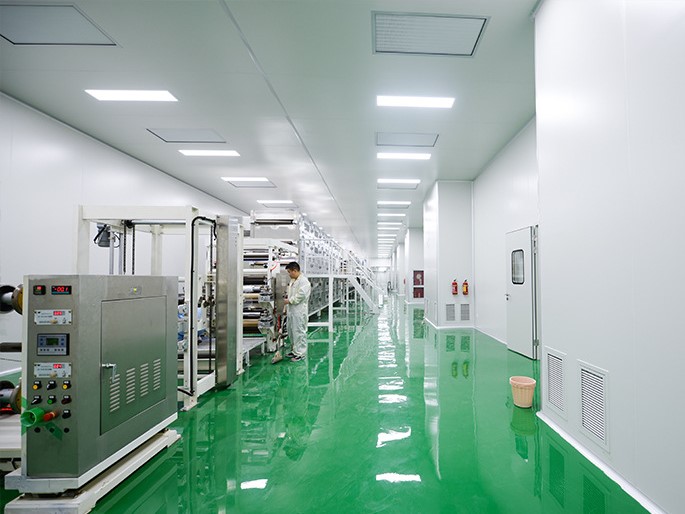

In some industrial plants, such as biopharmaceuticals, food industry, etc., the application and design of ultraviolet lamps is required. In the lighting design of clean room, one aspect that cannot be ignored is whether to consider setting up ultraviolet lamps. Ultraviolet sterilization is surface sterilization. It is silent, non-toxic and has no residue during sterilization process. It is economical, flexible and convenient, so it has a wide range of applications. It can be used in sterile rooms, animal rooms and laboratories that need to be sterilized in packaging workshops in pharmaceutical industry, and in packaging and filling workshops in food industry; About medical and health aspects, it can be used in operating rooms, special wards and other occasions. It can be determined according to the owner's needs whether to install ultraviolet lamps .
1. Compared with other methods such as heat sterilization, ozone sterilization, radiation sterilization, and chemical sterilization, ultraviolet sterilization has its own advantages:
a. Ultraviolet rays are effective against all bacterial species and are a broad-spectrum sterilization measure.
b. It has almost no effect on the sterilization object (object to be irradiated).
c. It can be sterilized continuously and can also be sterilized in the presence of staff.
d. Low equipment investment, low operating costs, and easy to use.
2. The bactericidal effect of ultraviolet light:
Bacteria are a type of microorganisms. Microorganisms contain nucleic acids. After absorbing the radiation energy of ultraviolet irradiation, the nucleic acids will cause photochemical damage, thereby killing the microorganisms. Ultraviolet light is an invisible electromagnetic wave with a shorter wavelength than visible violet light, with a wavelength range of 136~390nm. Among them, ultraviolet rays with a wavelength of 253.7nm are very bactericidal. Germicidal lamps are based on this and produce ultraviolet rays of 253.7nm. The maximum radiation absorption wavelength of nucleic acids is 250~260nm, so ultraviolet germicidal lamps have a certain bactericidal effect. However, the penetrating ability of ultraviolet rays to most substances is very weak, and it can only be used to sterilize the surface of objects, and has no sterilizing effect on the parts that are not exposed. For the sterilization of utensils and other items, all parts of the upper, lower, left, and right parts must be irradiated, and the sterilization effect of ultraviolet rays cannot be maintained for a long time, so sterilization must be carried out regularly according to the specific situation.
3. Radiant energy and sterilization effect:
The radiation output capability varies with the temperature, humidity, wind speed and other factors of the environment in which it is used. When the ambient temperature is low, the output capability is also low. As the humidity increases, its sterilization effect will also decrease. UV lamps are usually designed based on a relative humidity close to 60%. When indoor humidity increases, the irradiation amount should also increase accordingly because the sterilization effect decreases. For example, when the humidity is 70%, 80%, and 90%, in order to achieve the same sterilization effect, the amount of radiation needs to be increased by 50%, 80%, and 90% respectively. Wind speed also affects output capacity. In addition, since the bactericidal effect of ultraviolet light varies with different bacterial species, the amount of ultraviolet irradiation should vary for different bacterial species. For example, the amount of irradiation used to kill fungi is 40 to 50 times greater than that used to kill bacteria. Therefore, when considering the sterilization effect of ultraviolet germicidal lamps, the impact of installation height cannot be ignored. The sterilizing power of ultraviolet lamps decays with time. The output power of 100b is taken as the rated power, and the usage time of the ultraviolet lamp to 70% of the rated power is taken as the average life. When the usage time of the ultraviolet lamp exceeds the average life, the expected effect cannot be achieved and must be replaced at this time. Generally, the average life of domestic ultraviolet lamps is 2000h. The sterilizing effect of ultraviolet rays is determined by its radiation amount (the radiation amount of ultraviolet germicidal lamps can also be called the sterilization line amount), and the radiation amount is always equal to the radiation intensity multiplied by the radiation time, so it must be increased radiation effect, it is necessary to increase the radiation intensity or extend the radiation time.
Post time: Sep-13-2023

